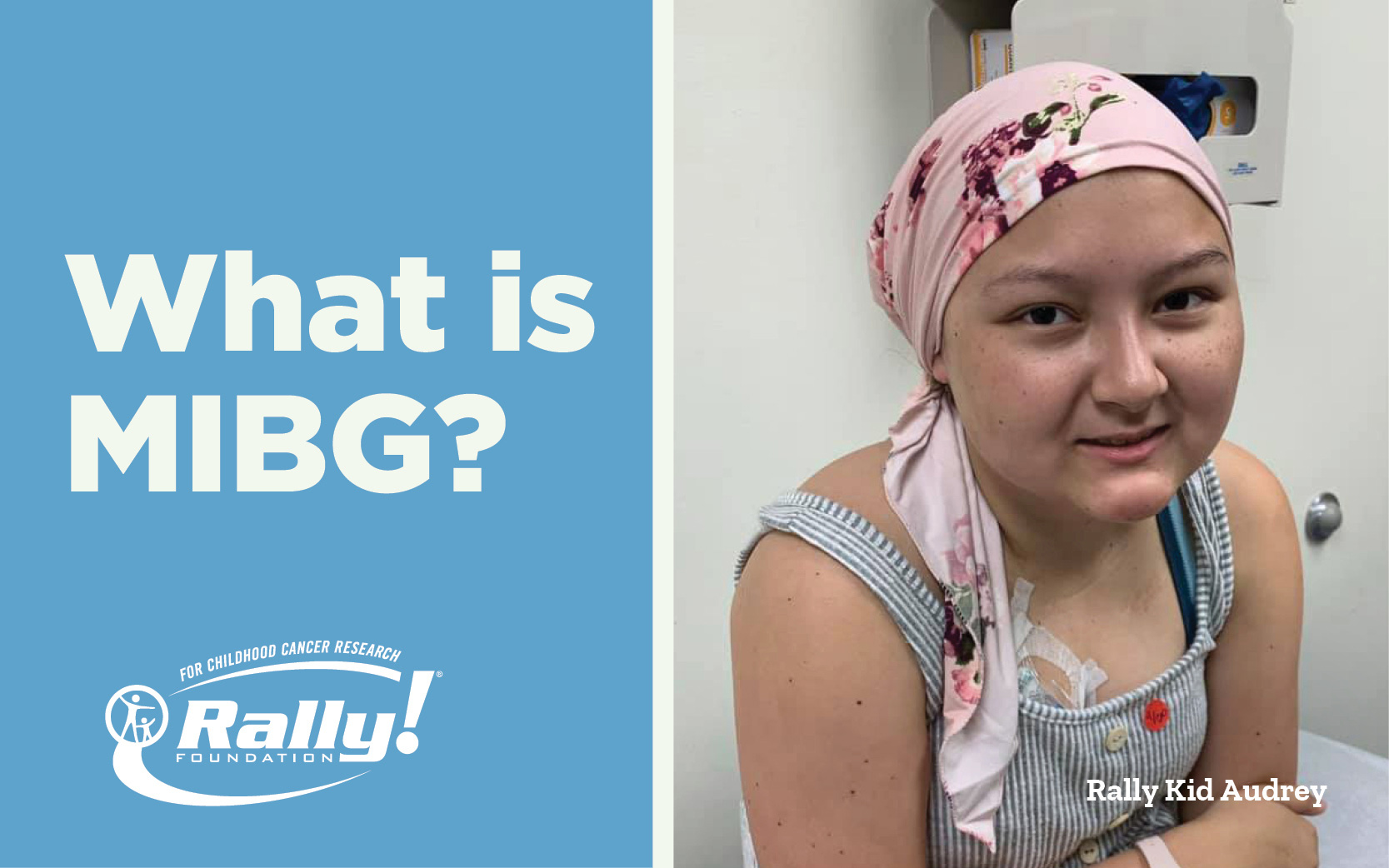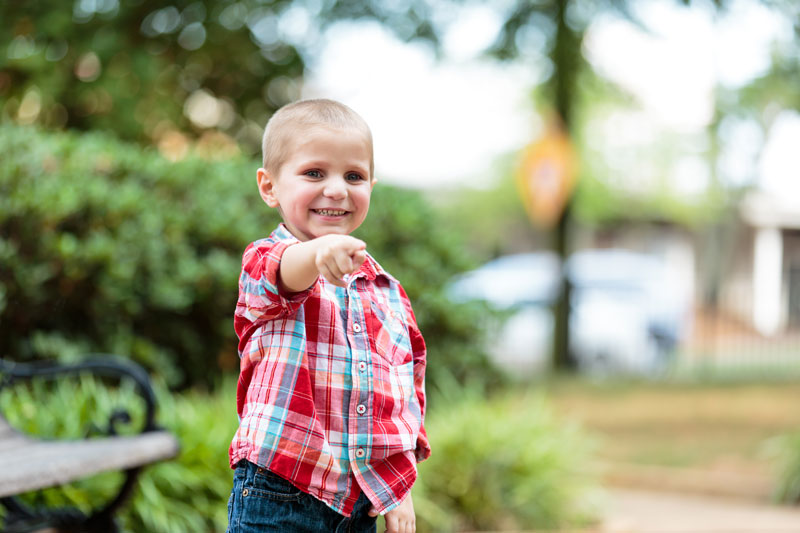Volunteers are the heart of Rally's mission!

When your child is diagnosed with cancer, you have to learn a whole new language in just a few days. Terms, phrases, and abbreviations are used by healthcare professionals who deal with cancer every day. And it can leave you dazed.
But sometimes it helps to use an acronym, for instance MIBG – which stands for metaiodeobenzylguanidine. Just try saying that ten times in a row!
MIGB is used to treat neuroblastoma. This clear liquid consists of two materials: metaiodobenzylguanidine, or MIBG, and I-131, a radioactive material. The MIBG carries the radioactive I-131 specifically to your child’s tumors, where it targets the cancer cells over many weeks.

Rally Kid Grant who had MIBG treatment
Understanding the MIBG treatment process
Before infusion
During infusion
Your child will receive MIBG slowly using an infusion pump. The pump sends the I-131 MIBG into the bloodstream through an IV or central line. The process takes about two hours and is not painful. Your child’s blood pressure and heart rate will be checked every 15 minutes during the infusion. Occasionally blood pressure goes up a bit requiring medicine for a few days.
Inside your child’s body
Once the radioactive material enters the bloodstream, it travels to the cancer cells in your child’s body. A significant amount of the radioactive material is filtered into the kidneys and passed out of the body through your child’s urine over several days. Your child may have a bladder catheter, if he or she is too young to urinate every two hours in the toilet. Some of the radioactive material will leave your child’s body through sweat, saliva, and going to the bathroom.
Outside your child’s body
The radiation leaving your child’s body in the days following treatment is what makes MIBG so different from other cancer treatments. Because MIBG is radioactive, it’s handled very carefully. Many precautions are taken to ensure your safety, and the safety of other patients and staff, while your child is treated. To limit radiation exposure to others, you will be the primary caregiver for your child, who will stay in a special room at the hospital until the radiation has gone down to a safe level. This usually takes 2 to 5 days.
For years Rally has funded neuroblastoma research at the Children’s Hospital of Philadelphia (CHOP). Information for Understanding the Treatment Process came from CHOP. To learn even more about the MIBG process visit The Children’s Hospital of Philadelphia.